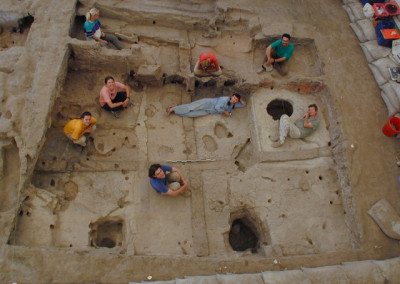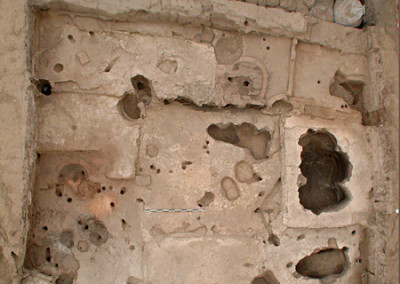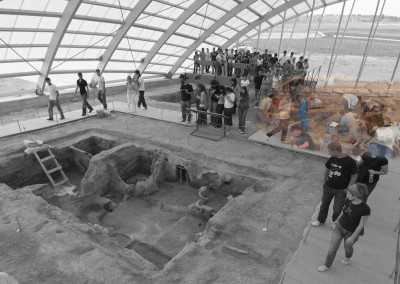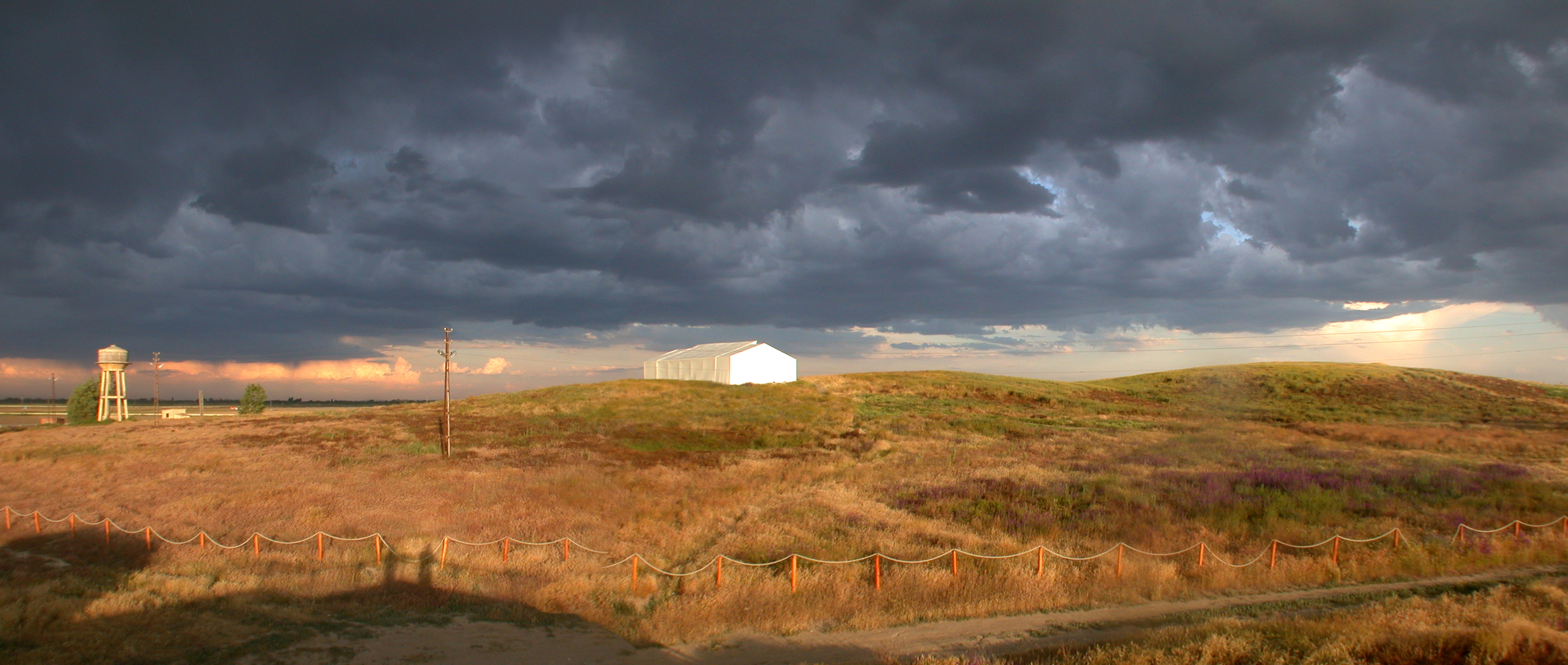
Last House on the Hill (LHotH)
The Last House on the Hill provides the model for creating recombinant histories of database narratives out of archaeological data. The design team of Ruth Tringham, Michael Ashley, and Cinzia Perlingieri have been working on this ‘opus’ since summer 2008. The database of the excavated materials and media from the Berkeley Archaeologists @ Çatalhöyük (BACH) project provides the basis from which to draw the narratives about the people that lived in the BACH Area and the archaeologists who also passed seven summers of their lives here. This opus fulfills an ambition that we have long held, that is, to embed, interweave, and otherwise entangle the data and media from archaeological excavations with their interpretation and meaningful presentation in an accessible, durable, and sharable platform. This kind of integration has become possible only in the last few years with the availability of complex web publishing, searching, and archiving features that can assure the long-term durability and integrity of both data and its meaning
Project Description
During the summers of 1997-2005, Ruth Tringham led a team from the University of California at Berkeley (BACH team) in an archaeological project of excavation and analysis at the site of Çatalhöyük in Central Turkey, a 9000-year old Early Ceramic Neolithic settlement mound, as part of the overall Çatalhöyük Research Project. The printed monograph report of the BACH project, published in 2012 and entitled Last House on the Hill is mirrored by a CoDiFi database and a Mukurtu CMS powered website, both also entitled the Last House on the Hill (LHotH). The BACH project focused on the life-history of a single house (Building 3). Building 3 itself has been dated to the middle of the life-history of the Neolithic tell settlement of the East Mound of Çatalhöyük. This mound spans 1400 years of history starting ca. 9400 years ago, during which ceramics increased from virtually absent to commonplace gradually replacing baskets as containers for storage and cooking. Throughout its history, however, the configuration of the houses remained remarkably consistent, with plastered platforms around the perimeter of the main room providing the predominant location of burials.The digital edition of Last House on the Hill is a product of the Center for Digital Archaeology using their creative Codifi Workflow. It does much more than provide a digital presentation framework for publishing an archaeological monograph. It embeds, interweaves, entangles, and otherwise relates the complete project database (including all media formats such as photographs, videos, maps, line drawings as well as data analysis and interpretation) with the final synthetic contents held in the printed edition in an open access, sharable platform. Last House on the Hill via Mukurtu gathers much of the original media and information and stories that were created by the BACH project shares it with you through the Mukurtu CMS.
Related Publications
Tringham, R. 2005 Weaving house life and death into places: a blueprint for a hypermedia narrative
Related Videos
More project text
Related Digital Publications
Related Projects
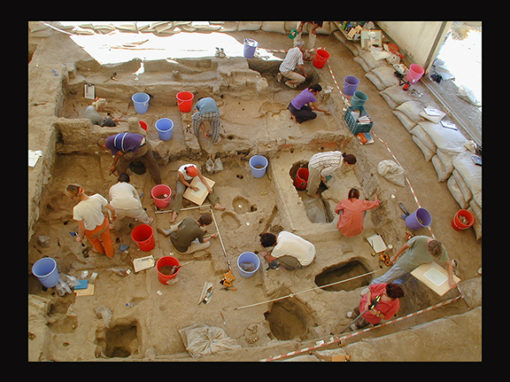
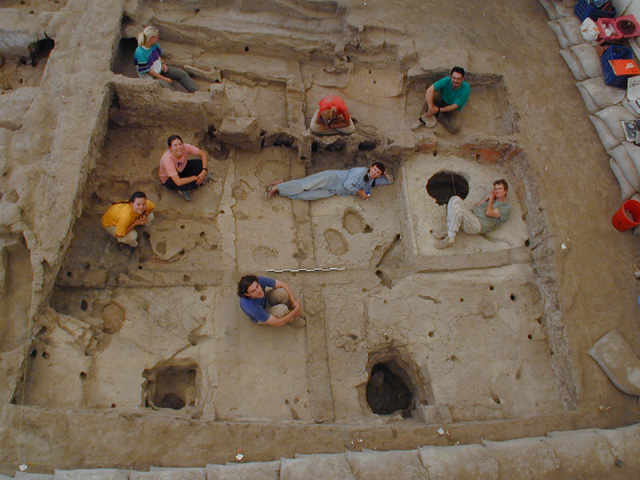
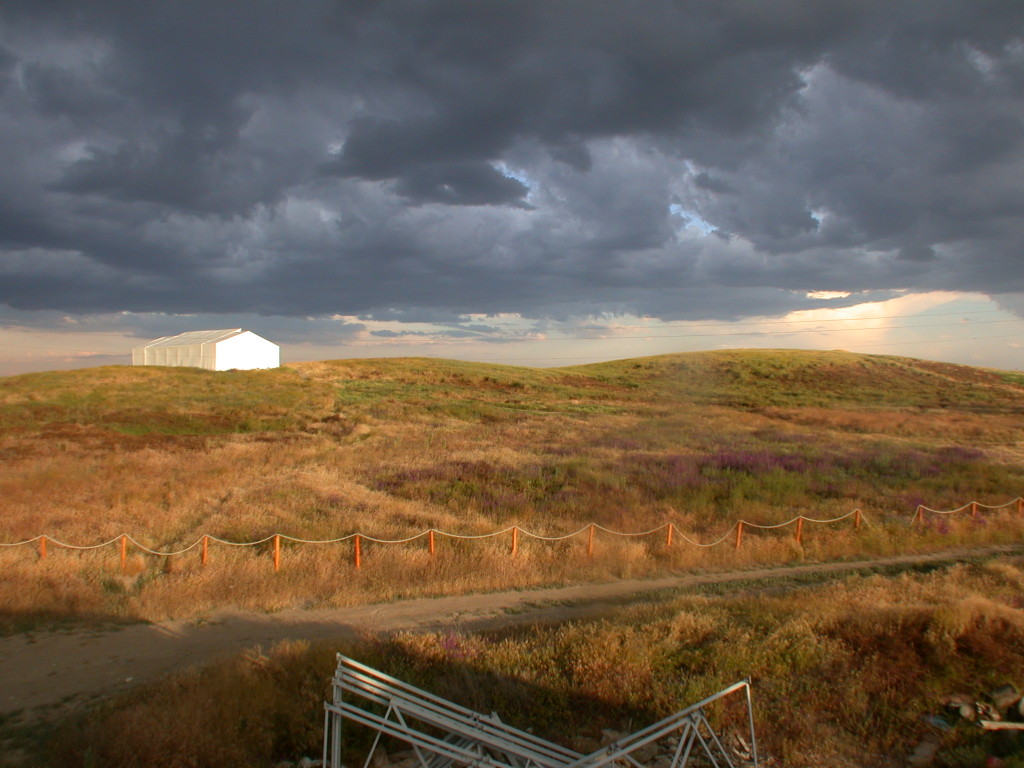
No Results Found
The page you requested could not be found. Try refining your search, or use the navigation above to locate the post.

